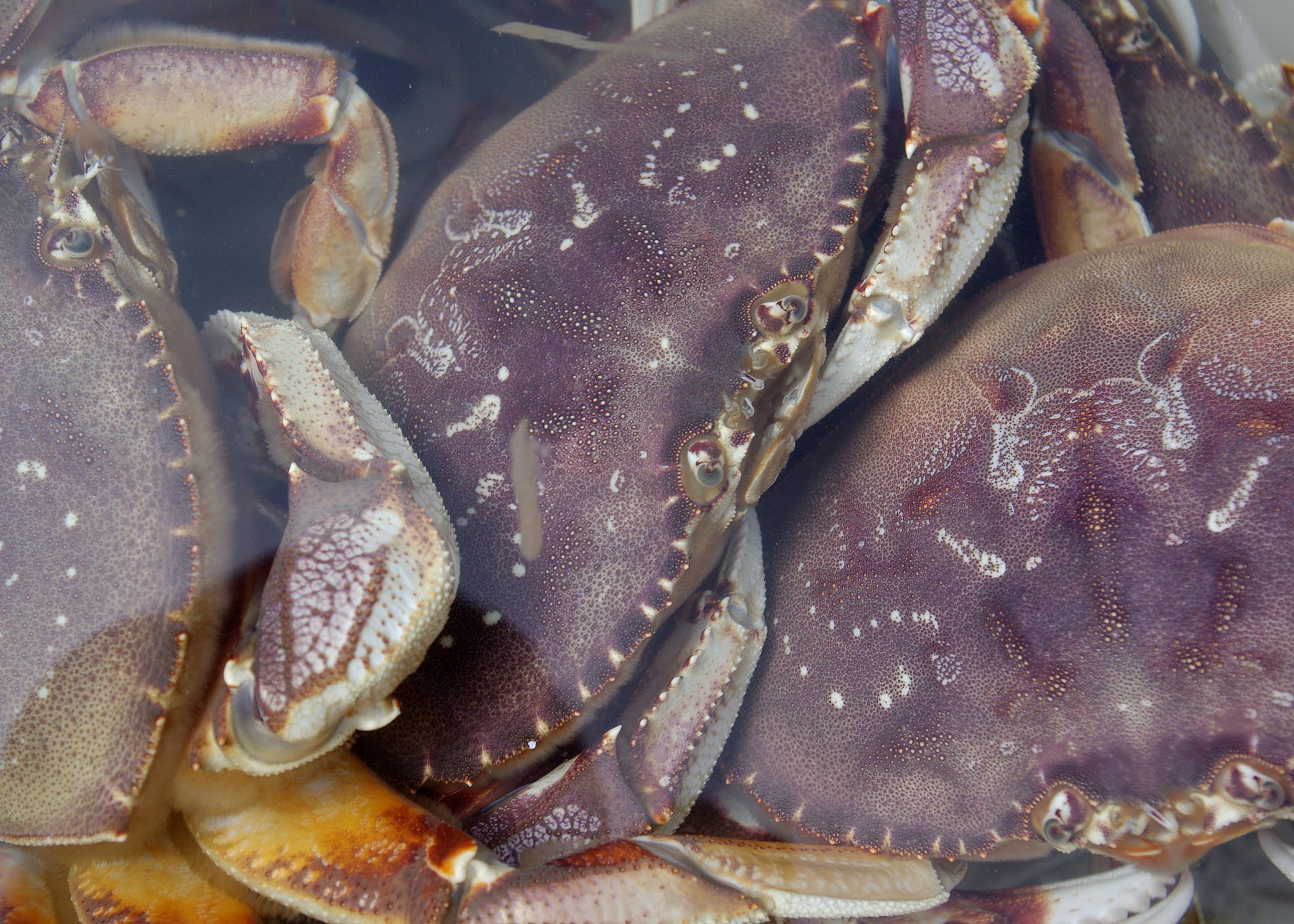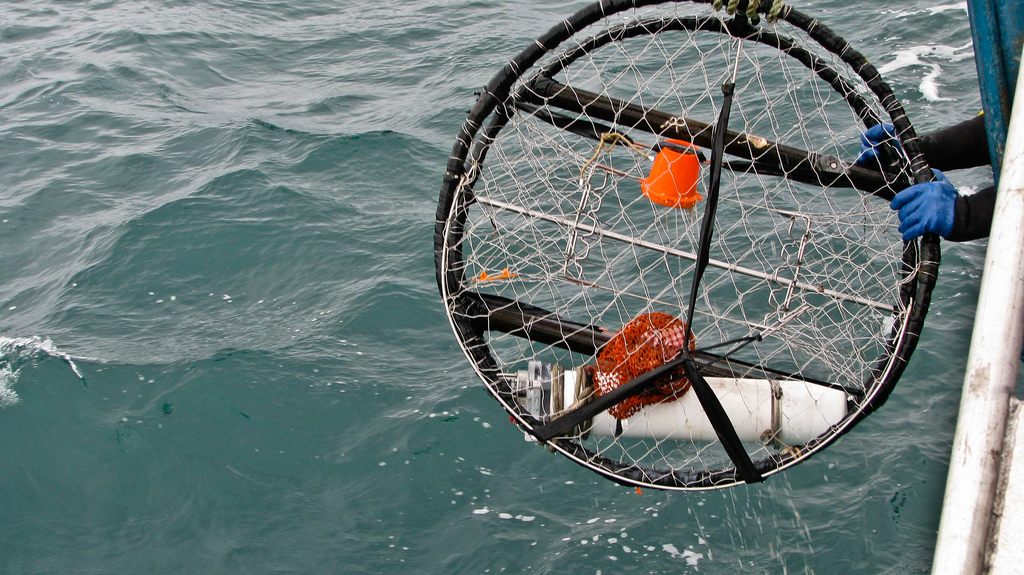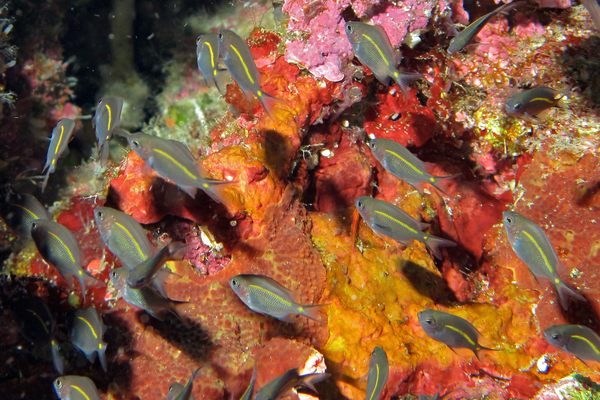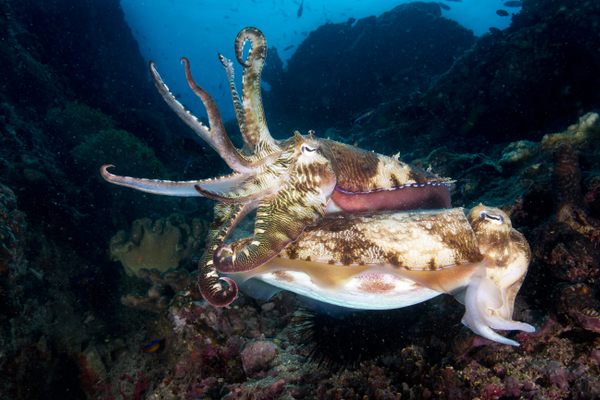The Ocean’s Low-Oxygen Dead Zones Are Getting Worse, Just Like Wildfires
So scientists are starting to track them that way.

Each year, wildfires scorch large swaths of the West, and scientists try to predict just how bad the fire season will be for an upcoming year based on moisture levels, weather, and a host of other factors. But fire season isn’t the only annual environmental event that can have catastrophic impacts—take the hurricane or tornado seasons, for example. We can now add hypoxia season to the list, thanks to a familiar culprit—the same one that’s likely been fanning fire season.
Along the West Coast, low-oxygen levels in bottom layers of the ocean, known as hypoxia, have become a big concern for scientists and fishers alike—fish and crabs are vital to ecosystems, research, and an entire industry. “We’re always on the lookout to see, is this going to be a bad year?” says Francis Chan, a marine ecologist at Oregon State University who studies the effects of ocean chemistry. And by all accounts, 2017 shaped up to be a bad year.
Scientists first got reports of crabs dying in pots off the Oregon coast back in 2002. Since then, says Chan, there have been some years when the oxygen levels in some places drop to zero and stay that way for weeks or even months. A lot of marine creatures are resilient, but when oxygen levels stay low for a while, like they did in 2006, says Chan, “very few things make it.” This summer’s hypoxia season apparently started in July, when scientists with the Oregon Department of Fish and Wildlife noticed crabs in a research pot had died. A camera trained on the pot “caught the low-oxygen zone red-handed.” Researchers taking samples of juvenile fish barely caught anything. It wasn’t until mid-September, when a storm stirred up ocean layers, that oxygen levels went back to normal.
These low oxygen levels aren’t happening way out in the open ocean. “Right past where the waves are breaking, that’s where it starts,” says Chan. While the effects may be seen close to shore, hypoxia is actually related to changes in water chemistry all the way out in the middle of the Pacific. “Our coastal ocean is connected to the global ocean in a very intimate way,” he adds.
To keep track of ocean chemistry and oxygen levels, scientists start putting out sensors in April that can measure oxygen level, current, and temperature. “This gives us a good idea of how things are evolving,” says Chan. They also pay attention to reports from fishers and crabbers. “We don’t have sensors everywhere,” he says, so a pot full of dead crabs can tell them where pockets of low oxygen are located.

And, just as fire seasons are getting more intense and widespread year after year, hypoxic conditions are becoming increasingly common and longer-lasting. When Chan examines water data from the 1950s and ’60s, he says, “I can’t find [low oxygen] values that we’re seeing today on a regular basis.” Ocean waters are warming, and as a result, holding less oxygen. Shifts in weather patterns are affecting how the ocean’s layers mix, and where oxygen-less pockets form. Chan says there’s really one thing to blame: “The culprit we point to is a changing climate.”


























Follow us on Twitter to get the latest on the world's hidden wonders.
Like us on Facebook to get the latest on the world's hidden wonders.
Follow us on Twitter Like us on Facebook